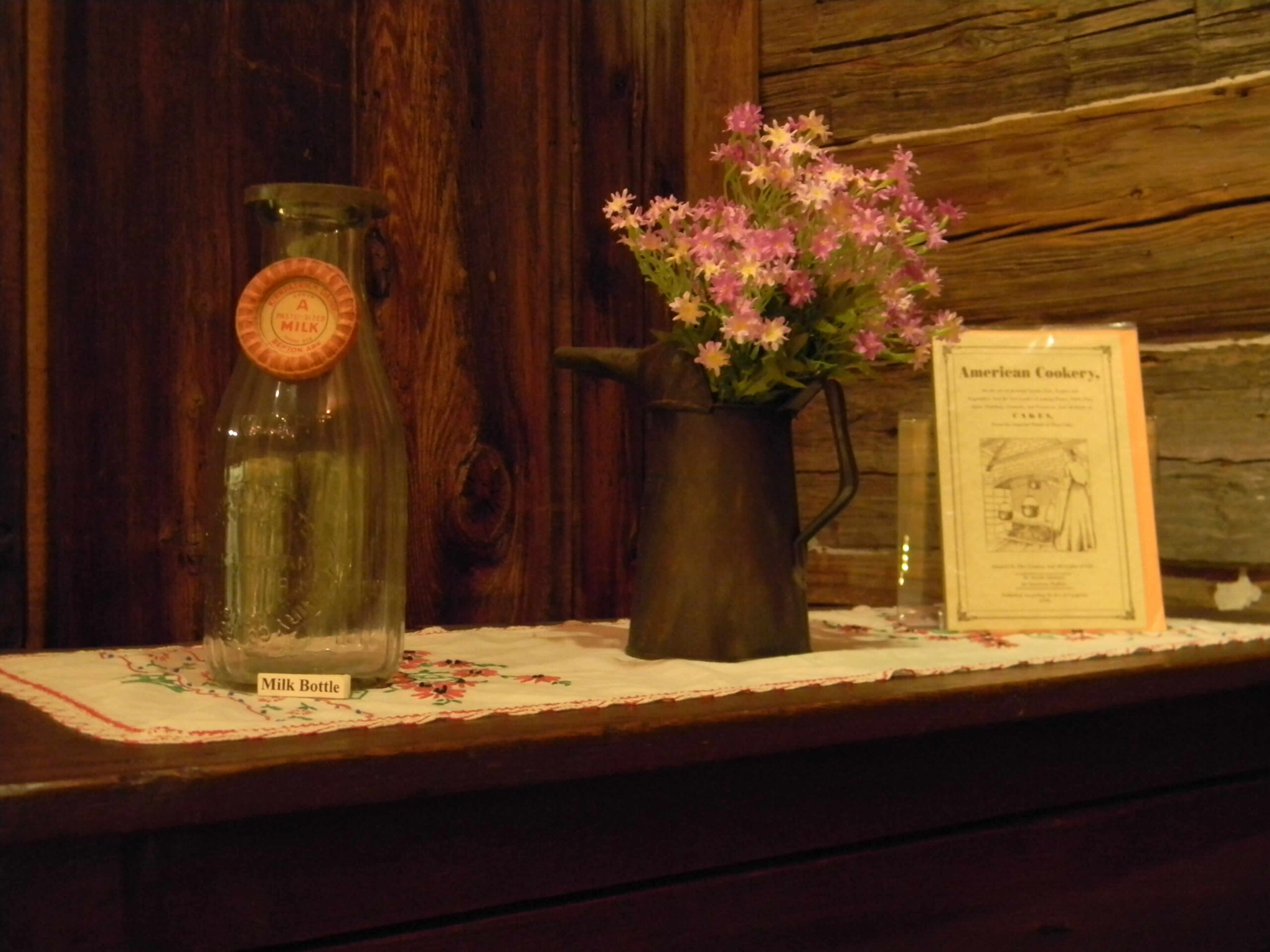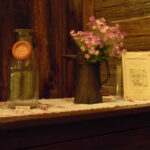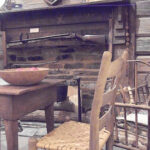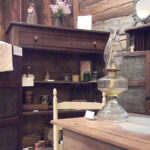A pioneer, also known as a settler, is a person who has migrated to an area and established permanent residence there, often to live in the area. Many pioneers were farmers. Those who did not farm usually ran their own businesses. At this time land was available for homesteading and most of it was very cheap or even free. Farmland was very rich and fertile during this time.
The Native Americans were a threat to these early pioneers. These new settlers were a threat to their lands.
A famous trail for the settlers was the Natchez Trace. Pioneers used this trail to travel to the frontiers of Mississippi, Arkansas, Texas, and Louisiana. The Natchez Trace ran from Nashville, Tennessee to Natchez, Mississippi.
The safest way for the pioneers to travel was by wagon train. They would pack their belongings, furniture, and whatever they would need for the journey into a covered wagon. The pioneers would take with them as many supplies as possible. They took cornmeal, bacon, eggs, potatoes, rice, beans, yeast, dried fruit, crackers, dried meat and a large barrel of water along the side of the wagon. If the pioneers could take a cow, they would. The cow was used for milk and for meat if they ran out of food. The pioneers might even take some chocolate for special occasions. Pioneers made their own clothing so they brought cloth to sew, needles, thread, pins, scissors, and leather to fix worn out shoes. They had to make their own repairs on the wagons, so they brought saws, hammers, axes, nails, string and knives.
Wagonmasters led the train of wagons, while cowboys rode along and helped the wagons as they came upon harsh terrain and rivers. Scouts rode in front of the wagon train to see what challenges they would be facing along the trail.
Many pioneers didn’t make it to their final destinations. Disease was the cause of many deaths, as well as accidents and raids by the Native Americans. All along the trails these wagons traveled, grave markers could be found to show where those who died were buried. Very few made it all the way without losing or leaving their belongings. When these pioneers did finally arrive, they purchased land. At this time an acre would cost them about $2.00. Once the settlers moved onto their lands, they had to clear the land to plant crops. Many settlers did not have the time to build their houses, as they were farming, so they would live in tents or even their wagons. A key factor in purchasing land at this time would be to buy land close to a river or stream as it was much needed for the crops and the settlers. If the settlers did not purchase land near water, they had to dig wells on their property.
Explored by Hernando de Soto in 1541, Arkansas became the twenty-fifth state of the Union in 1836. Featured in the Gann Museum is an exhibit of early pioneer tools. Featured in this exhibit are quilts, meat grinders, mashers, soaps, egg cookers, and other early inventions.






